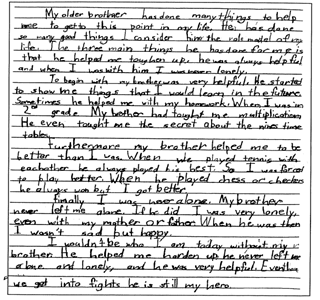Third Grade Learning Goals and Resources
Reading
End of Year Goals
Goals
- Decode multi-syllable words
- Decode words with common prefixes and suffixes
- Read grade-appropriate irregularly spelled words
- Ask and answer questions to demonstrate an understanding of fiction and nonfiction text , referring to the text as the basis for the answers
- Describe characters in a story, and explain how their actions contribute to the sequence of events
- Compare and contrast themes, settings, and plots of stories
- Determine the main idea of a text, and identify the key details that support the main idea
- Use text features and search tools to locate information on a given topic
- Use context to confirm or self-correct word recognition and understanding, rereading as necessary
- Read grade-level text orally with accuracy, appropriate rate, and expression
Learning Resources
Learning Resources
- World Book Early World of Learning
Read-along stories and pictures help teach students basic concepts
- World Book Kids
Easy-to-read content for elementary school learners - hundreds of activities, science projects, and experiments
- Britannica School
Homework help resources - find information on countries, animals, people, maps, photos, and articles.
- Storyline Online
Award-winning children’s books read aloud by celebrated actors
- PBS Kids Reading Games
Light, fun online activities that help teach beginning reading skills
Writing
End of Year Goals
Goals
- Write a personal experience narrative with descriptive details and a clear sequence of events
- Conduct short research projects that build knowledge about a topic
- Write an informative/explanatory piece that includes multiple sentences focused on a topic, developed with facts, definitions, and details
- Write an opinion piece that includes reasons that support the opinion
- Use capital letters correctly
- Use punctuation correctly
- Spell at least 90% of words in a written piece correctly
- With guidance from adults, use technology to produce and publish writing
Third Grade Writing Sample
Math
End of Year Goals
Goals
- Use drawings and equations to solve multiplication and division word problems within 100 for situations involving equal groups, arrays, and measurement quantities.
- Fluently multiply and divide within 100 using a variety of strategies and by the end of Grade 3, know from memory all products of two one-digit numbers.
- Fluently add and subtract within 1000 using strategies and non-standard algorithms based on place value, properties of operations, and/or the relationship between addition and subtraction.
- Understand a fraction as the quantity formed by one part when a whole is partitioned into equal parts.
- Relate the area of a rectangle to the operations of multiplication and addition and recognize that the area of a rectangle is the same when covering the rectangle with tiles as when multiplying side lengths.
Learning Resources
We use Everyday Mathematics (Edition 4), which is a comprehensive Pre-K through grade 6 mathematics program developed by the University of Chicago School Mathematics Project and published by McGraw-Hill Education.
Learning Tools for Everyday Mathematics (Edition 4):
- Everyday Math 3rd Grade (EM4)
- EM4 Math at Home:
Help organized by section (unit) for Home Link problems (English and Spanish), selected answers, vocabulary definitions, videos, games and more!
Family Letters
Stay up-to-date on what your child is learning in class. Family Letters contain background information, vocabulary, games and more for each section (unit).
- English Family Letters
- Spanish Family Letters (Coming Soon)
Student Log-in Information
ClassLink - connectED
Use this link to connect to Everyday Mathematics Today’s Lesson, Math Games, Tutorial Videos, Math Toolbox, the Student Resource Book and more.
i-Ready
Once your student has logged into classlink they can access i-Ready Math lessons that are at their level.
Additional Resources
- Addition & Subtraction Fact Triangle Cards
Fact Triangle cards group together related addition and subtraction facts (fact families) to practice mental math facts and arithmetic skills.
- Multiplication & Division Fact Triangle Cards
Fact Triangle cards group together related multiplication and division facts (fact families) to practice mental math facts and arithmetic skills.
- Math Games with a Deck of Cards
Practice math facts and other math concepts with a deck of cards and two players.
- PBS Kids Math Games
Fun online math games.
- Math Playground
Fun math games, logic games, and number puzzles.
- DREME blog
Resources and activities for developing math skills
- GVSU Regional Math & Science Center
Math games and activities you can play at home or (school). Most everything you need is included: Rules, materials, and possible questions. In most cases, a video to show how to play the game is provided.
- Talking Math With Your Kids
Math is everywhere in our world! You'll find lots of ideas for talking about math with your child--some you've never even thought of.
- YouCubed
Engaging and inspiring math games, tasks, videos, and articles to help students develop a "Math Mindset."
Science
Topics Learned
Physical Science: Forces and Interactions
- Observing/Predicting Motion
- Balanced/Unbalanced Forces
- Changes in Motion (speed, direction.)
- Distance, Push, Pull
- Friction
- Gravity
- Newton’s First Law (An object at rest tends to stay at rest…)
- Noncontact Forces (magnetism, positively/negatively charged objects)
- Electric and Magnetic Forces
Earth Science: Weather and Climate
- Analyze/Interpret Weather Data
- Measuring Air Temperature
- Measuring Air Pressure
- Measuring Air Movement
- Types of Clouds
- Types of Precipitation
- Climate Zones
- Wild Weather & Hazards
Life Science: Life Cycles and Survival in an Ecosystem
- Life Sounds (frog calls)
- Organism Adaptation
- Habitats
- Frog Adaptations
- Plant & Animal Life Cycles
- Inherited Traits/Genetics
- Effects of Changes in Habitat
- Ecosystem Dynamics
- Fossils
- Causes of Extinction
Learning Resources
Learning Tools
- Cereal City Science Website
MPS elementary current science curriculum
- Xenopus (African Clawed) Frog Information
Information about the most common type of frog we get for our classrooms
Additional Resources
Social Studies
Topics Learned
Michigan Studies
- History: Students study the history of Michigan, from American Indian times to the growth of the auto industry. Teachers will focus on topics including the French and British presence in our state, statehood, migration to our state, as well as our lumbering, mining, and manufacturing history.
- Geography: What is a state? Students will answer this and other questions related to Michigan’s geography. We study the natural and human characteristics of our state, as well as the vast natural resources of Michigan.
- Economics: Students will examine goods produced in Michigan and will gain an understanding of scarcity, choice and opportunity cost in our state. As we learn, we will compare Michigan’s economy of the past with its economy today.
- Civics/Government: Grade 3 focuses on the government of Michigan, centered in Lansing. They will learn about representative government, voting/elections, and our state constitution. Students will get their first introduction to the three branches represented in Michigan’s state government, which will be an important concept in social studies of later grades as well.
Learning Resources
Learning Tools
- Our Curriculum for Grade 3: MAISA Grade 3 Curriculum
- Discovery Education: Students log in through Classlink





